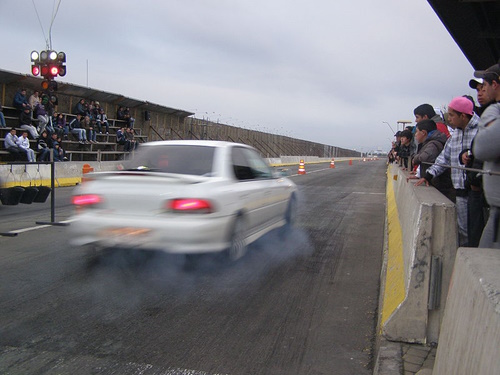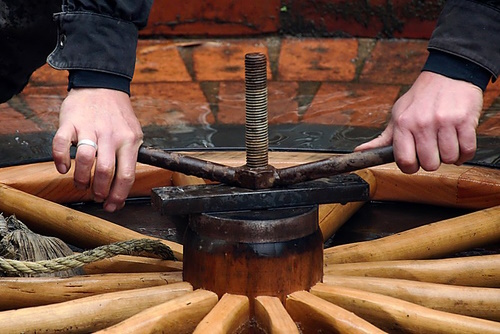Power vs Torque: Which is Better?
Today I bring a “VS” post, this time, power vs. torque. These two concepts are hard to understand, so I’ll try to explain it in the simplest way possible.
Power and torque: two different concepts but very important in matter of choosing, modifying, benchmarking…etc a car. Let’s start with what’s each concept, and then we’ll compare one against the other, and give a final conclusion.
Power
Power in a car can be measured in:
- SI: Watt (W)
- Other: Horsepower (HP), Pferdestärke (PS), Kilowatts (kW)
Power is a measurement of how much work can be done in a specific amount of time. It is also directly linked with force. For example, if you lift a 20 kg child but very slowly, you’re using a small quantity of power, but if you do the same but a lot faster, then you’re applying a lot more power.
When talking about cars, it’s essentially the same: it measures how fast it can move, accelerate…etc.
A car that has more power can usually:
- Overtake faster than a lower power car
- Reach faster speeds (Although it also depends on other factors)
- Accelerate faster
Torque
Torque in a car can be measured in:
- SI: Newton-meter (N⋅m)
- Other: Pound-foot (lbf-ft)
Torque measures how much force the engine produces. More torque means the wheels can rotate easier, which also means it can move heavier loads. As mentioned in this post, this is why vehicles that need to move heavy loads use diesel instead of gasoline, because diesel produces more torque.
An example of torque in real life is when tightening a bolt with a wrench. The force you can apply on the end of the wrench is the torque you’re producing. If the wrench is exactly a meter long and you apply 100 N of force- for example- you are exactly applying 100 N·m of torque. To produce more torque, you need to extend the wrench. If you try it, you’ll see it’s really easy to tighten it, but on the other hand you’ll have to turn the wrench a longer distance, to compensate the high torque.
A car that has more torque can usually:
- Carry heavier loads than a lower torque car
- Climb steeper inclines
- Better driving experience due to a quick response of the accelerator on the wheels
So… which is better?
As everything, it depends. If you need to carry heavy loads or climb steep inclines a car with high torque is prefferable, but if you like to drive fast, power is more important. However, both factors are important and need to be balanced: a car with 100hp and 10 N·m won’t accelerate fast, and reaching higher speeds will be more difficult.
In conclusion, it depends if you need more power or more torque. None of them is the best, they’re different concepts. It is important to know that these values need to be balanced in order to obtain enough force and speed.
How to measure and interpret power and torque graphs
If you’ve ever taken your car to a dyno, then you’ve probably seen one of these:
In this case, the power is in green, but it usually is red and the torque is blue. In this graph we can see two lines, which represent the power and torque value along the revolutions per minute (RPM) of the engine.
We can see that the power line ascends as the RPM increase, but suddenly drop slightly, which is because of the rev limiter, which turns the spark off, which make the revolutions drop, and then increase again. On the other hand, we see that the torque graph starts approximately at 200 N·m when idle, and peaks at approximately 260 N·m.
To see how much power and torque a car produces on an exact RPM, you just locate the RPM you want, and follow a straight vertical line.


